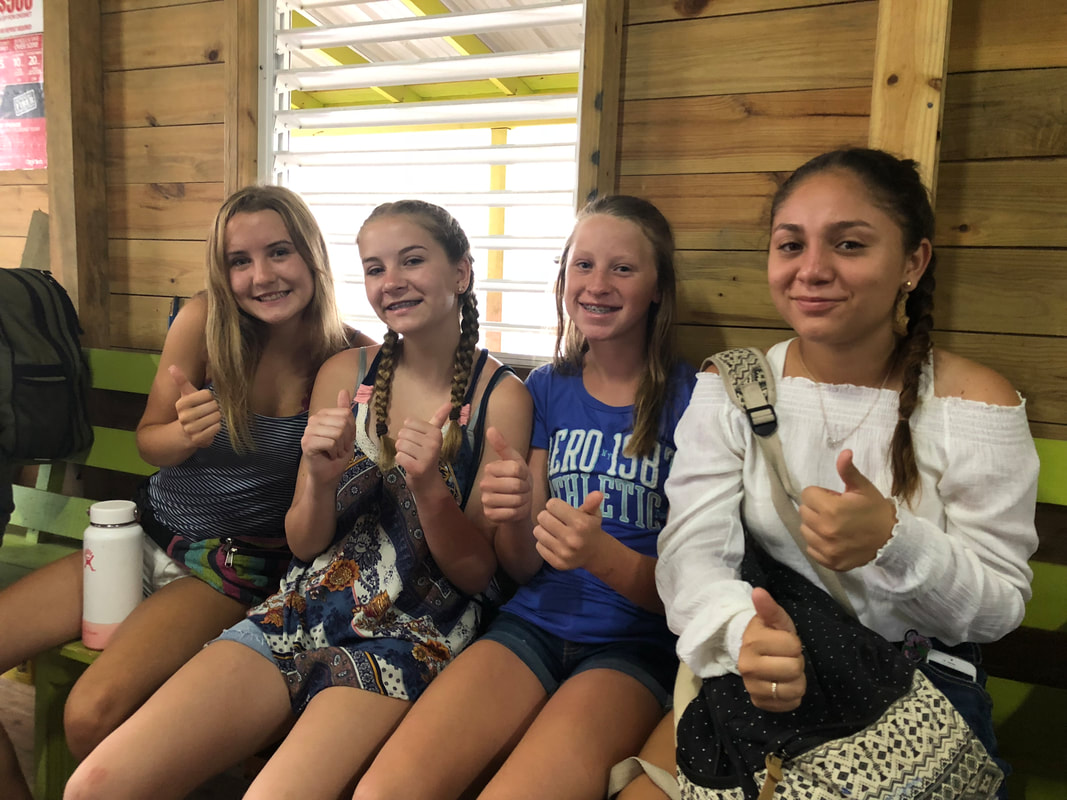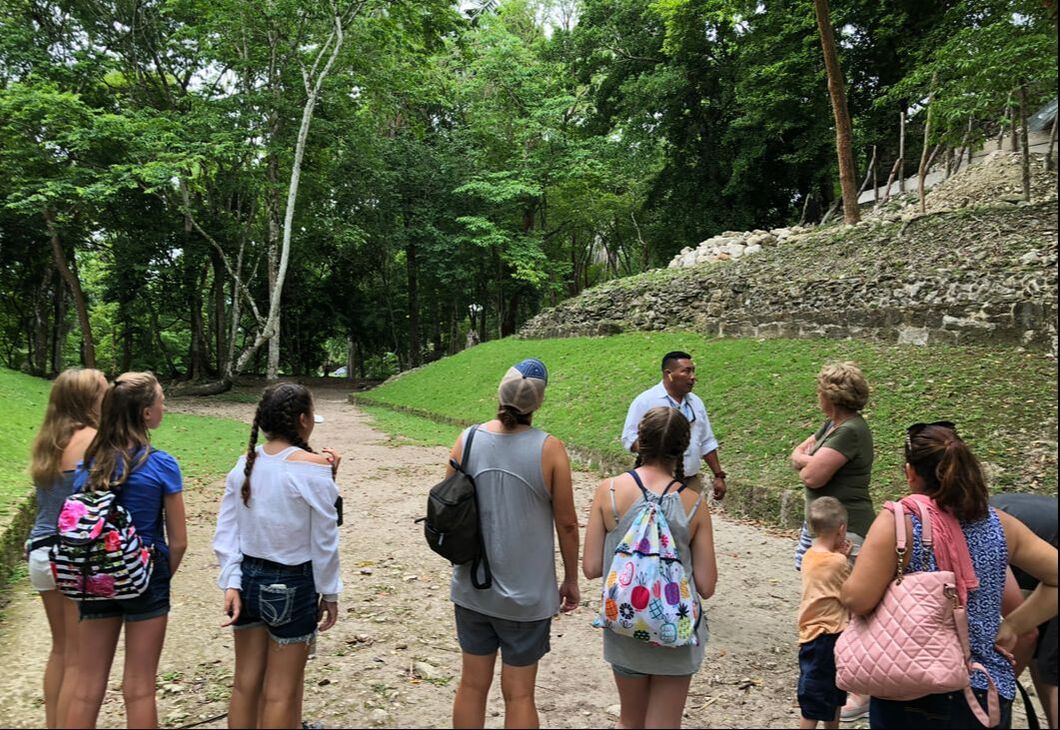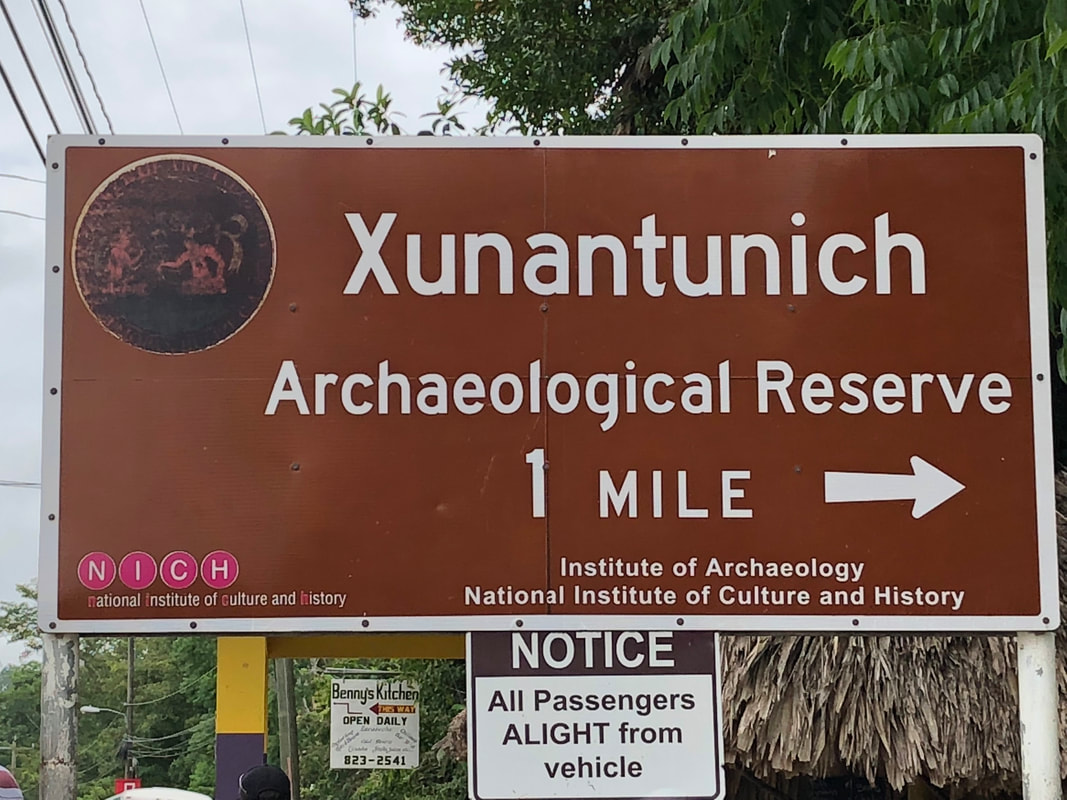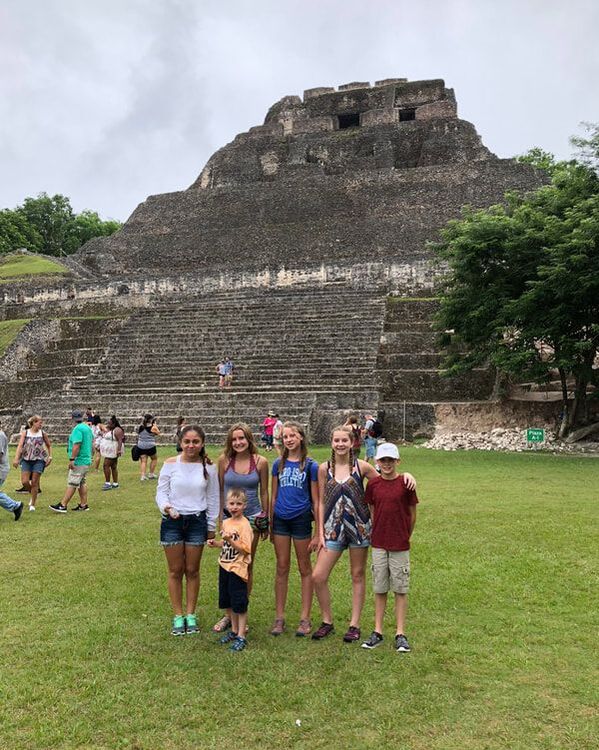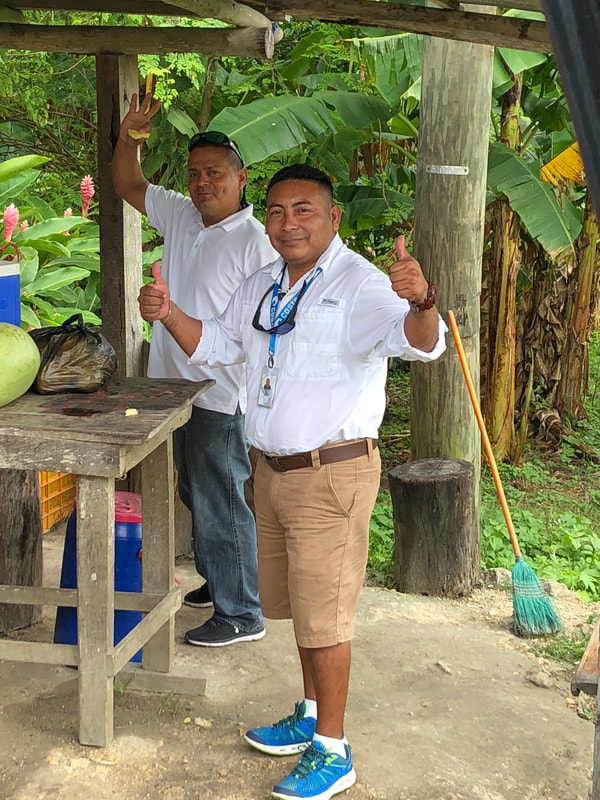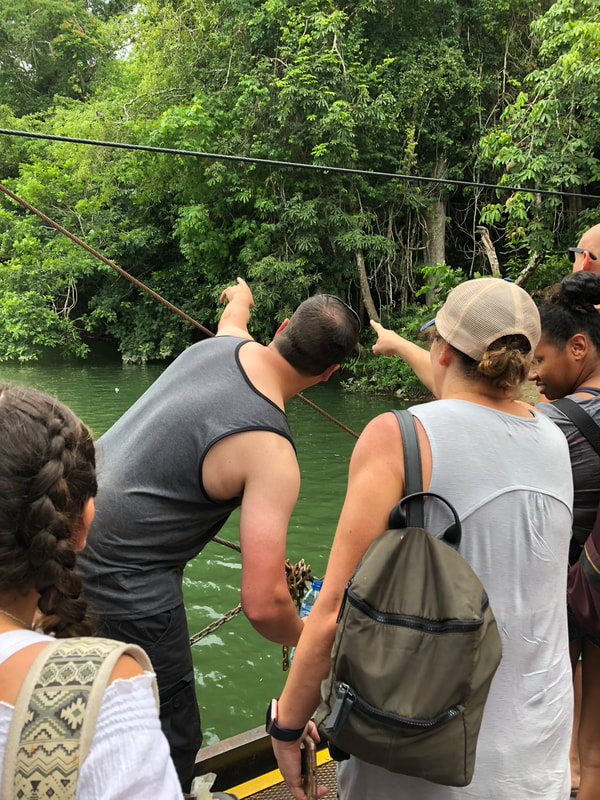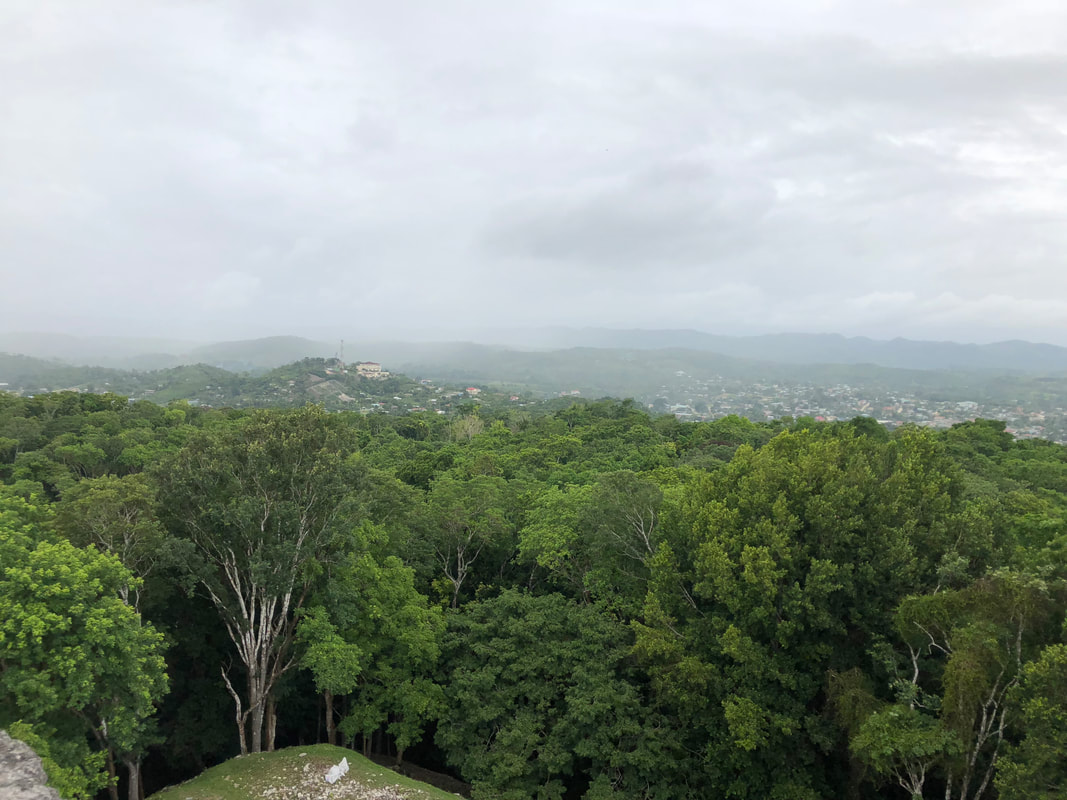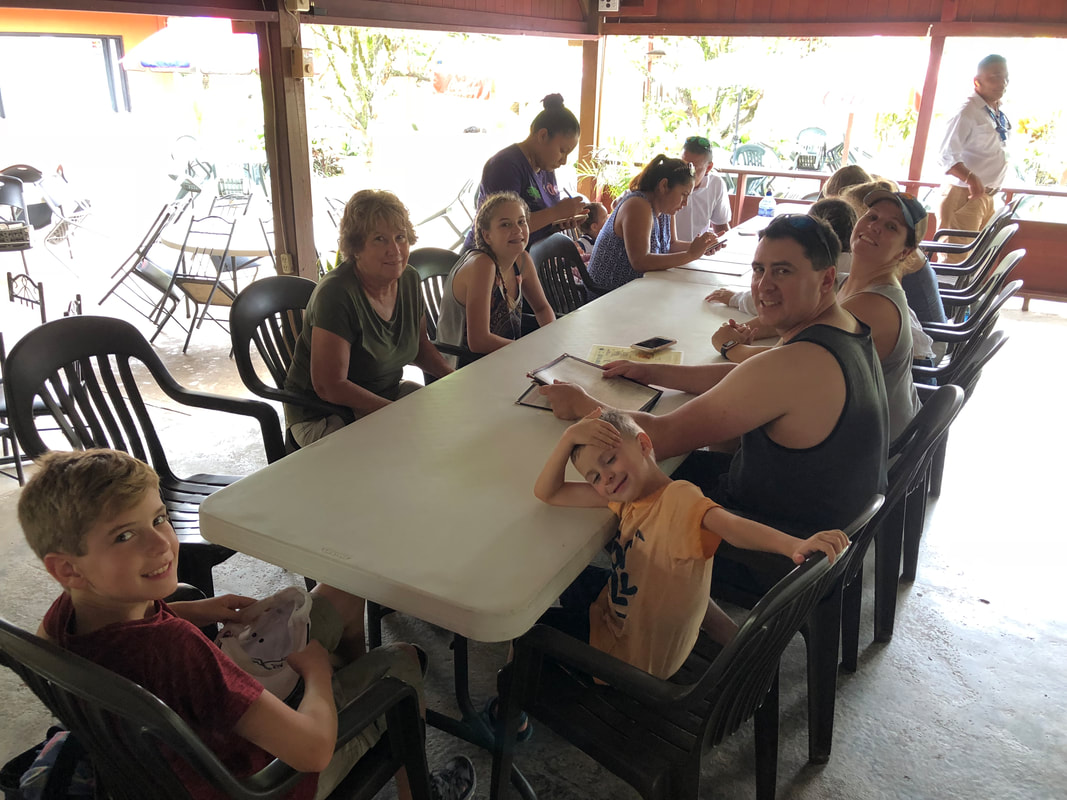XUNANTUNICH MAYAN RUINS
Xunantunich (Mayan pronunciation: (Shunan-toon-ich) is an Ancient Maya archaeological site in western Belize, about 70 miles west of Belize City, in the Cayo District. Xunantunich is located atop a ridge above the Mopan River, well within sight of the Guatemala border. It served as a Maya civic-ceremonial center in the Late and Terminal Classic periods to the Belize Valley region. At this time, when the region was at its peak, nearly 200,000 people lived in Belize.
Today Our Adventure Takes Us to Xunantunich
Interesting Facts About Xunantunich
- Mayas named this city “Sculpture of Lady” before a ghost inhabiting the site around 1892 was said to be the reason for the name. Coincidence or foresight?
- Given its location atop a Mopan River ridge, there’s speculation about how artisans were able to construct this complex ceremonial center with rudimentary tools.
- At its peak, Xunantunich was home to 200,000 people but nobody knows why the civilization vanished.
- Digs begun in the mid-1890s by British archaeologists included Thomas Gann, a surgeon. Who better to explain skeletal remains unearthed?
- There’s speculation that a sudden disaster—perhaps an earthquake—was the reason Xunantunich was abandoned. When the gods get angry, it’s best not to stick around!
- A reason Xunantunich remained a stable community for so long was because farms sustained the populace and helped them stay self-sufficient, but some agricultural practices are still shrouded in mystery.
- Growth was expansive between 600 and 670 AD. Historians speculate that this may have been due to a mysterious connection to Naranjo, a Pre-Columbian city in Guatemala.
- Mayans founding this city were precocious when it came to understanding astrology, which is how they were able to erect El Castillo on the intersection of two cardinal lines making it the city’s axis mundi.
- Complex friezes covering exteriors were added last and depict a variety of gods, yet when it came to a unifying element, identical framing bands depicted earth and sky.
- Archaeologist Jaime Awe is the latest scientist to unearth a mystery here. In 2016, an untouched burial chamber held a single male corpse plus ritual items, artifacts and animal bones. The team’s most exciting find? Tablets depicting the history of the secret Snake Dynasty, giving researchers yet another mystery to solve!






